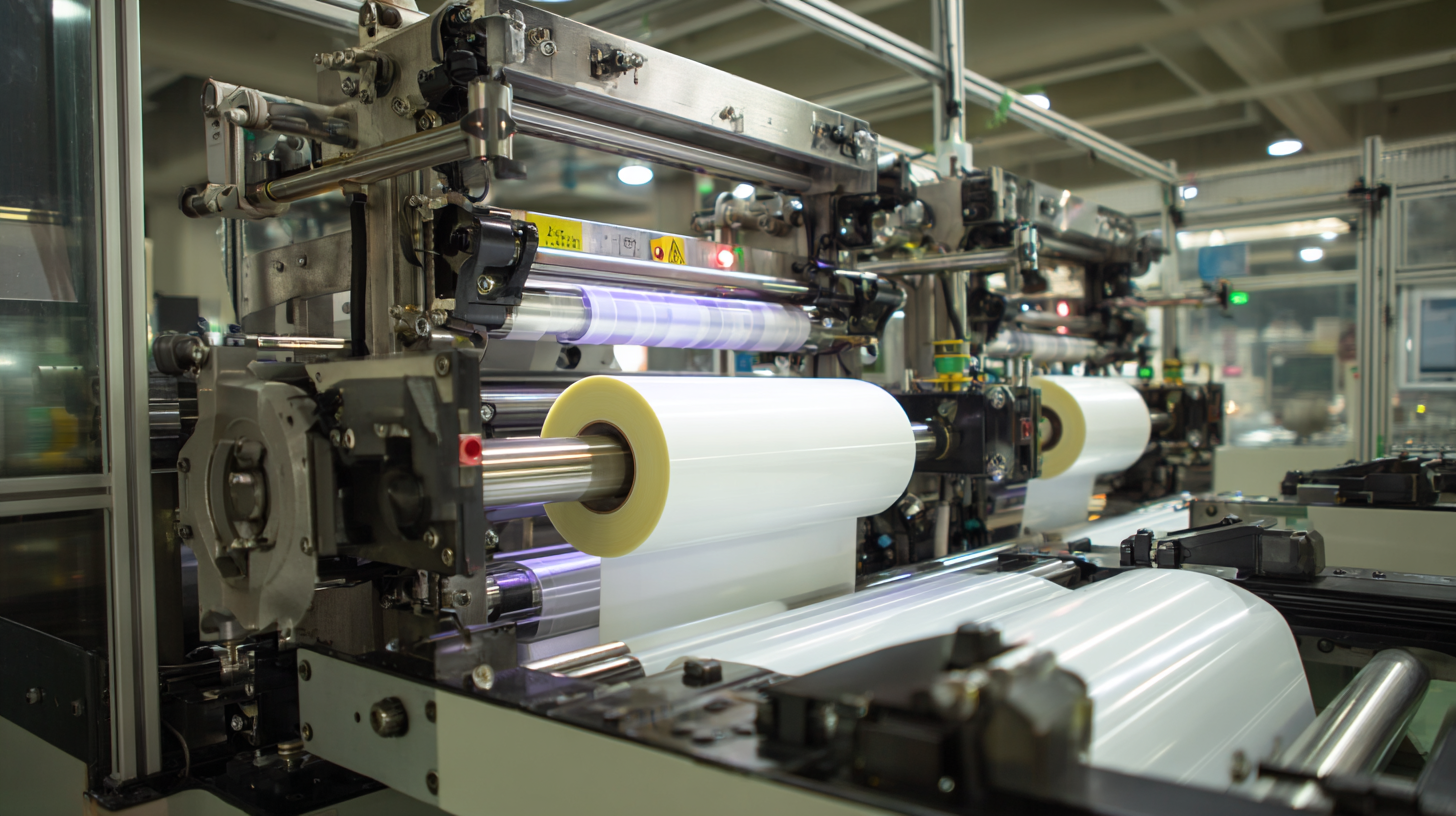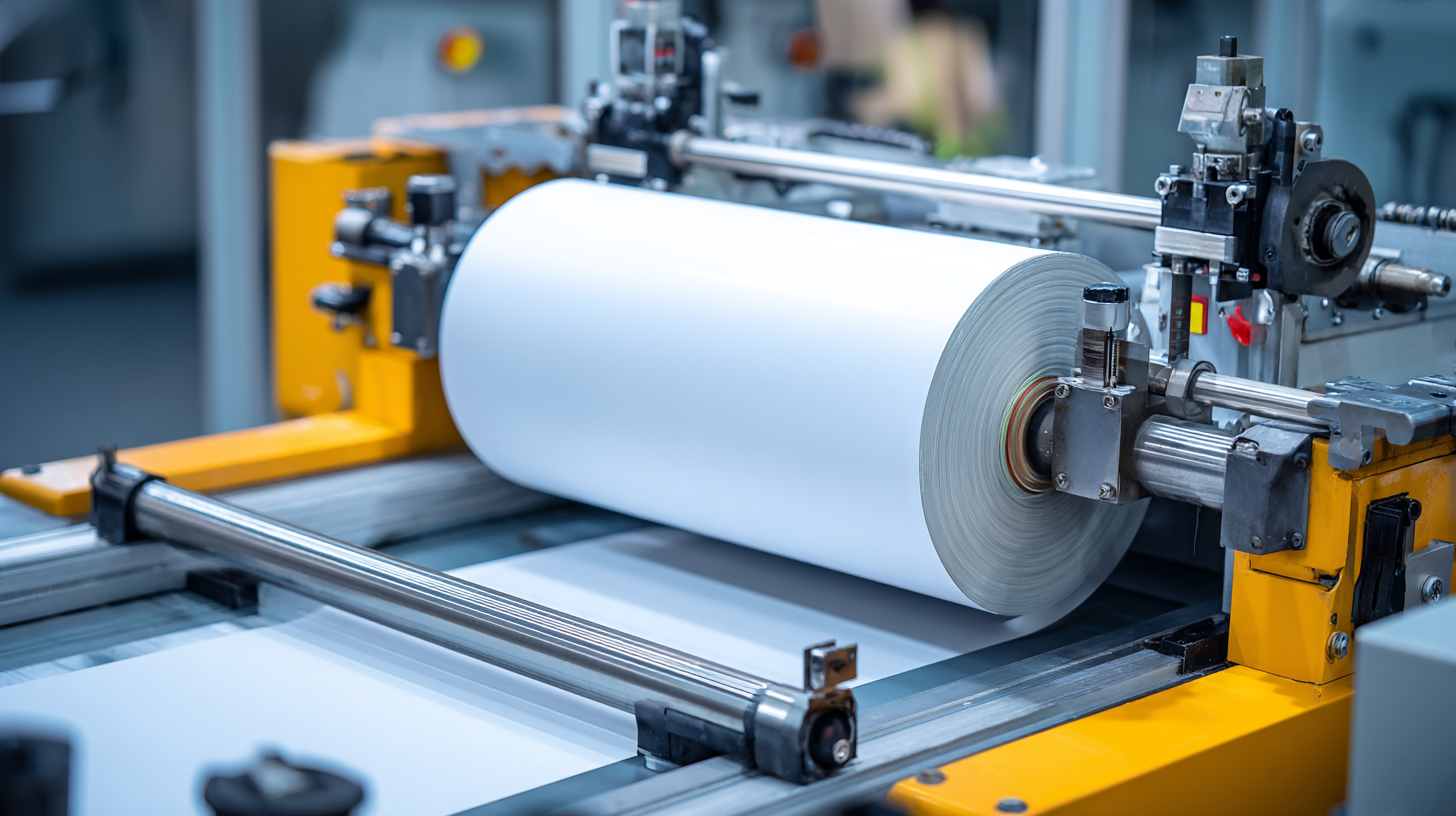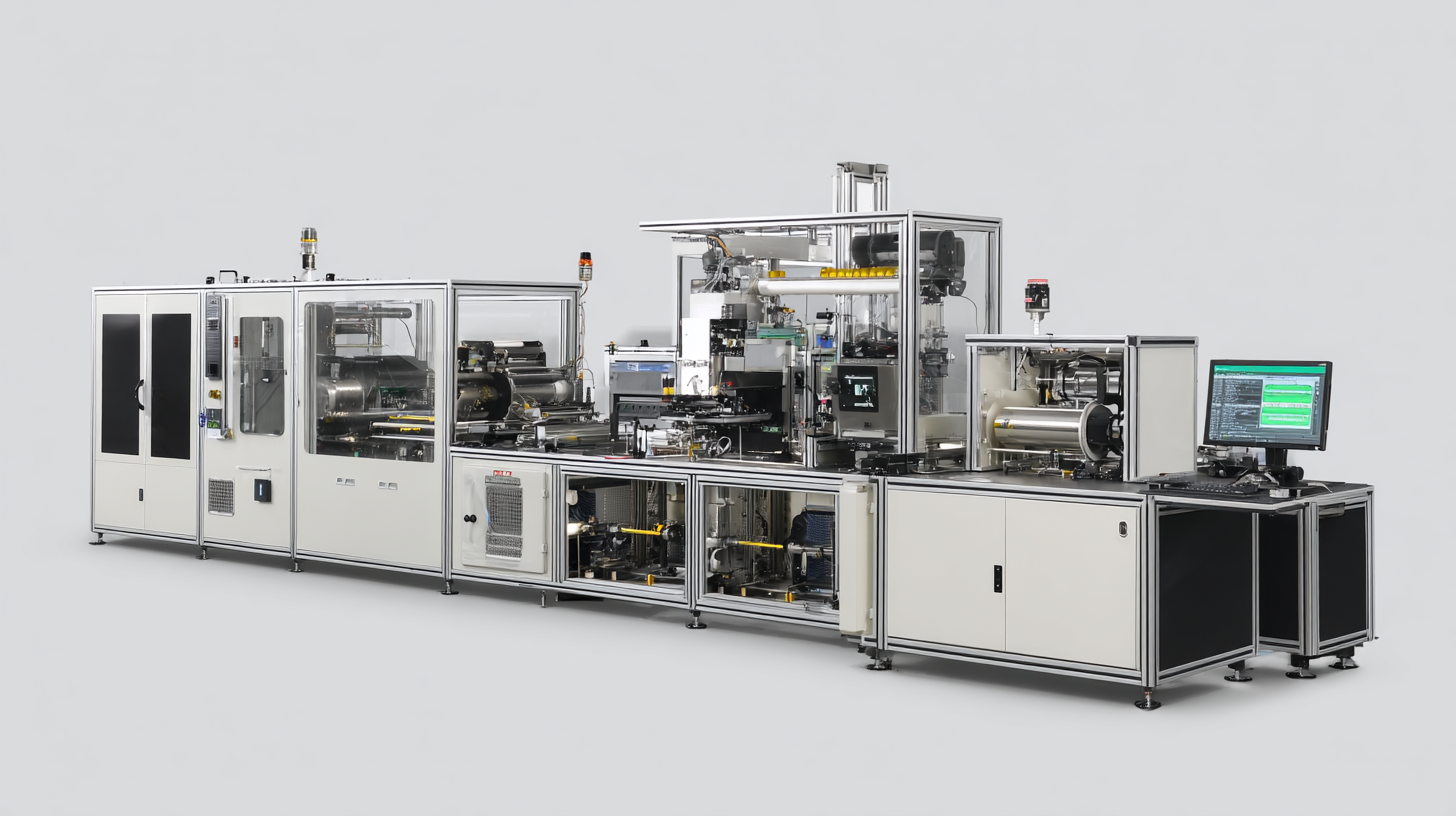
In the rapidly evolving landscape of manufacturing and technology, the demand for efficient and versatile production methods has never been higher. As we look ahead to 2025, the spotlight turns to the Roll-to-Roll Laboratory Coating Machine, a pivotal tool in various industries, from electronics to pharmaceuticals. This blog aims to provide a comparative analysis of the best Roll-to-Roll Laboratory Coating Machines available, highlighting the latest trends shaping the industry. As the need for innovative solutions increases, understanding the features and functionalities of these machines will be crucial for manufacturers seeking to enhance productivity and quality in their coating processes. Join us as we explore how these advanced machines are set to redefine the future of coating technologies and drive competitive advantage in the marketplace.

As the demand for advanced coating solutions continues to rise, selecting the right roll-to-roll coating machine for your laboratory can be a pivotal decision. Key features to consider include precision, speed, and scalability. High precision ensures consistent coating thickness, which is critical for applications in electronics and photovoltaics. Speed is equally important; machines equipped with faster coating speeds can significantly enhance productivity. Scalability is vital for adapting to varying production volumes, so opt for machines that offer modular configurations.
When choosing a roll-to-roll coating machine, it’s essential to assess the technology used for unwinding and rewinding substrates. Look for machines that provide smooth, tension-controlled processes to avoid defects in the coating.
**Tip:** Always check for compatibility with various substrates and coating materials; versatility can save time and costs in R&D phases.
Additionally, consider the integration of automation features. Machines with automated controls can minimize errors and reduce the need for manual intervention, resulting in a more efficient production line.
**Tip:** Evaluate the machine's ease of maintenance; a user-friendly design can reduce downtime and extend the equipment's lifespan.

The roll-to-roll (R2R) coating industry is on the brink of a technological revolution, with several emerging innovations poised to redefine manufacturing processes in the next few years. One of the most promising advancements is the integration of artificial intelligence (AI) and machine learning, which can optimize coating parameters in real-time, ensuring consistency and reducing waste. AI-driven analytics allow manufacturers to predict potential defects and adjust processes dynamically, leading to higher quality outputs and enhanced efficiency.
Another significant trend includes the development of advanced materials, such as nanocomposites and functional inks. These materials not only improve the performance of coated products but also expand the possibilities for applications in sectors like electronics, textiles, and renewable energy. The shift towards eco-friendly substrates and inks is also gaining momentum, driven by increasing regulatory pressures and consumer demand for sustainable solutions. Such innovations reflect a broader commitment within the industry to both enhance product functionality and minimize environmental impact. As these technologies continue to evolve, they promise to reshape the landscape of roll-to-roll coating, making it more efficient and adaptable to emerging market needs.
This chart illustrates the comparative coating efficiency of various roll-to-roll coating technologies projected for 2025. Understanding these trends is vital for industry stakeholders aiming to leverage emerging technologies in manufacturing processes.
As the roll-to-roll (R2R) coating machinery market evolves, several manufacturers are emerging as leaders, shaping industry trends for 2025. Companies like Nordson Corporation, with its innovative coating technologies, are setting standards in precision and efficiency. They focus on advanced automation features that enhance production rates, catering to the increasing demand for high-quality thin films in sectors such as electronics and renewable energy.
Another significant player is Bosch, which invests heavily in R&D to create versatile roll-to-roll systems that are adaptable to a variety of substrates. Their commitment to sustainability is evident in their development of eco-friendly coating processes that reduce waste and energy consumption. As the industry shifts toward greener practices, manufacturers who prioritize sustainable solutions will likely capture larger market shares in the upcoming years.
Additionally, DIMA and Gravotech are notable contenders, bringing unique offerings that differentiate them in the competitive landscape. DIMA’s modular designs allow for easy upgrades, making their machines attractive to both new and existing clients. Meanwhile, Gravotech emphasizes customization and user-friendly interfaces, addressing the needs of companies looking to streamline their production processes. These manufacturers illustrate the direction the R2R machinery market is heading as it responds to technological advancements and consumer demands in 2025.
| Machine Type | Max Speed (m/min) | Coating Thickness Range (µm) | Web Width (mm) | Key Features |
|---|---|---|---|---|
| Slot Die Coater | 20 | 1 - 10 | 300 | Precision control, low viscosity compatibility |
| Gravure Coater | 15 | 5 - 20 | 500 | High-speed operation, ideal for thick films |
| Roll-to-Roll Coater | 10 | 1 - 5 | 400 | Flexible substrate handling, continuous coating |
| Blade Coater | 12 | 2 - 15 | 350 | Uniform thickness, low production waste |
| Die Coater | 18 | 0.5 - 8 | 250 | High precision, suitable for advanced materials |
As the demand for advanced coating solutions grows, the performance of roll-to-roll laboratory coating machines becomes a critical factor in industry competitiveness. In evaluating these machines, a key distinction arises between cost-effectiveness and innovative capabilities. Manufacturers are increasingly challenged to balance their budget constraints with the need for cutting-edge technology that enhances productivity and quality. This dual focus drives the evolution of coating machines, with options ranging from affordable entry-level systems to high-end models loaded with innovative features.
Cost-effective machines often appeal to startups and small-scale operations, providing reliable performance without the hefty price tag. However, they may lack the advanced functionalities that larger enterprises require for high-volume production. On the other hand, innovative machines, equipped with the latest in automation and precision technologies, can significantly boost operational efficiency and product quality. While the initial investment may be higher, the long-term benefits often justify the costs, leading to enhanced market positions for companies willing to embrace the innovations. Ultimately, the choice between cost-effectiveness and innovation will shape the landscape of roll-to-roll coating technologies in the coming years.
As the demand for sustainable manufacturing practices intensifies, the roll-to-roll (R2R) coating industry is evolving to meet these challenges. According to a recent report by Smithers Pira, the global market for roll-to-roll processing is projected to reach $12.1 billion by 2025, driven largely by innovations in eco-friendly materials and processes. This growth is propelled by the increasing need for energy efficiency and waste reduction in production, which are critical aspects of sustainability trends within manufacturing sectors.

One of the significant impacts of these sustainability trends is the shift towards water-based and biodegradable coatings. A study conducted by MarketsandMarkets indicates that the market for environmentally friendly coatings is expected to grow at a CAGR of 6.5% over the next five years, reflecting heightened regulatory pressures and consumer preferences for greener products. R2R coating solutions are at the forefront of this shift, enabling manufacturers to produce high-quality films and substrates while minimizing environmental footprints, thereby ensuring compliance with stringent sustainability standards. This not only enhances brand reputation but also creates opportunities for cost savings and improved operational efficiencies.